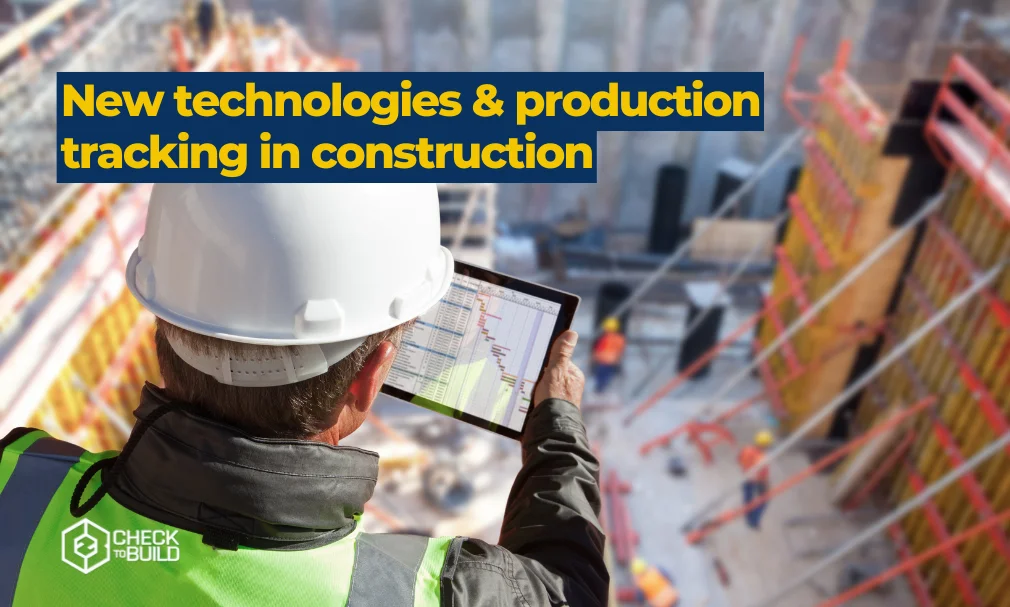Understanding the importance of production tracking
Understanding the importance of production tracking is paramount in manufacturing for several reasons. It offers a comprehensive view of the production process, aiding managers in pinpointing inefficiencies and areas for enhancement.
Firstly, production tracking enhances efficiency by allowing real-time monitoring of production lines, ensuring optimal operation and swift issue resolution. This results in increased productivity as bottlenecks are promptly addressed.
Secondly, cost reduction is achieved through production tracking by identifying wastage and unnecessary expenses. By targeting these areas, businesses can implement strategies to streamline operations and realize significant cost savings.
Thirdly, quality control is ensured through meticulous tracking of each production stage, leading to fewer defects and improved customer satisfaction. This enhances brand reputation and reduces returns and recalls.
Within supply chain management, production tracking plays a pivotal role in various aspects:
- Inventory management benefits from real-time data on inventory levels, enhancing turnover rates and reducing holding costs.
- Accurate prediction of product readiness facilitates effective logistics planning, resulting in improved delivery times and customer satisfaction.
- Risk management is bolstered as businesses can identify potential disruptions and develop contingency plans, ensuring business continuity.
New construction technologies
Innovation is reshaping the construction landscape, ushering in a new era of efficiency and precision. From drones providing real-time insights to blockchain ensuring transparency in procurement, and from Digital Twins simulating real-world scenarios to 3D Printing unlocking creative possibilities, these technologies are revolutionizing traditional practices and propelling the industry towards unprecedented heights.
Drones, with their real-time aerial imagery and advanced AI capabilities, revolutionize construction procedures, offering precise data for enhanced decision-making. Blockchain technology promises unprecedented efficiency in cost management and procurement strategies, ensuring transparency and security across projects of all sizes.
Digital Twins, the latest marvel, simulate real-world conditions, revolutionizing operational management by predicting and informing decisions with unparalleled accuracy. Meanwhile, the 3D Laser Scanner stands as a beacon of accuracy and efficiency, facilitating on-site surveying, project inspection and safety assurance.
4D Simulation emerges as a time-saving marvel, saving significant time and costs for companies. Building Information Modelling (BIM), continues to ascend, enabling precise digital models and fostering seamless interoperability across projects globally.
Lastly, 3D Printing, while not as pervasive as BIM, showcases immense potential, enabling the creation of intricate three-dimensional structures from digital models, with evolving trends emphasizing the utilization of advanced software programs for enhanced precision and efficiency.
Improving production tracking with building solutions
That means revolutionizing how architecture, engineering, construction and industries operate. Through real-time data capture via Visual Progress workflows, we ensure up-to-the-minute insights into production processes, enabling businesses to run earned value analysis effortlessly.
With powerful data analysis and visualization tools, tracking progress becomes intuitive, allowing for real-time monitoring of key performance indicators. Building Solutions isn’t just about tracking production; it’s about transforming how businesses operate, ensuring efficiency, adherence to standards, and ultimately, project success.
Implementation of AI and machine learning algorithms in construction
Machine learning algorithms, a subset of AI, play a crucial role in these applications. They enable computers to learn from data without explicit programming, improving performance as they are exposed to more data. In construction, machine learning algorithms can track and evaluate various parameters to identify schedule risks and optimize processes. For instance, algorithms may analyze grading plan progress, cut and fill volume measurements, weather patterns, and past projects to generate risk scores and prompt necessary actions.
AI and machine learning in construction act as smart assistants, sifting through vast amounts of data to alert project managers to critical issues. These technologies offer benefits ranging from mundane tasks like spam filtering to advanced safety monitoring.
The implementation of AI and machine learning algorithms in construction offers numerous benefits across various aspects of the industry:
- Predictive maintenance: AI analyzes building system data to predict maintenance needs, preventing equipment failure.
- Site safety: AI-powered cameras and sensors monitor construction sites for hazards, enhancing safety.
- Robotics: AI and machine learning improve efficiency in tasks like bricklaying, welding, and 3D printing structures.
- Project management: AI optimizes labor and material allocation, enhancing scheduling efficiency and cost-effectiveness.
- Quality control: AI-powered systems monitor construction quality, identifying defects and alerting workers and managers.
- Building performance: AI analyzes building system data to optimize energy efficiency and indoor air quality.
Understanding the fundamentals of AI, machine learning, and deep learning is crucial. AI encompasses the creation of smart machines capable of tasks requiring human intelligence. Machine learning, a subset of AI, enables machines to learn and predict outcomes based on data analysis. Deep learning, a subset of machine learning, utilizes deep neural networks to handle complex data.
Advantages of Real-Time data analytics
In today’s fast-paced business world, the ability to make informed decisions in real-time has become essential for organizations striving to stay competitive and responsive to market dynamics. Real-time data analytics offers a multitude of advantages, empowering businesses to adapt swiftly to changing market conditions, meet customer demands, and streamline operations.
- Quick Decision Making: Real-time data analytics enables businesses to make informed decisions rapidly, reacting promptly to changing market conditions and customer demands.
- Proactive Fraud Detection: With real-time data ingestion and processing, platforms like RisingWave facilitate proactive fraud detection and other use cases with ultra-low latency requirements.
- Operational Efficiency: By identifying and addressing problems in real-time, organizations can improve operational efficiency and address bottlenecks and inefficiencies promptly.
- Enhanced Customer Experience: Real-time delivery of personalized and relevant information can enhance the customer experience by providing timely insights and solutions.
- Competitive Advantage: Real-time insights into market trends and consumer behavior help companies stay competitive by enabling them to adapt quickly to market changes and customer preferences.
- Risk Management: Real-time monitoring allows firms to identify and mitigate potential threats or problems as they arise, enhancing risk management capabilities.
- Resource Optimization: Real-time information on resource usage helps organizations optimize resource allocation and utilization, leading to cost savings and improved efficiency.
- Product Development: Real-time feedback on product effectiveness and customer satisfaction aids in enhancing product development processes.
- Innovation Opportunities: Real-time data analytics can uncover new opportunities for innovation and growth by providing insights into emerging trends and market dynamics.
To conclude, real-time data analytics has transitioned from a luxury for a select few industries to a fundamental tool utilized across a wide range of sectors and businesses. From social media networks to healthcare, retail, and financial services, many industries have integrated real-time data analytics into their daily operations to gain valuable insights and make timely, data-driven decisions.

